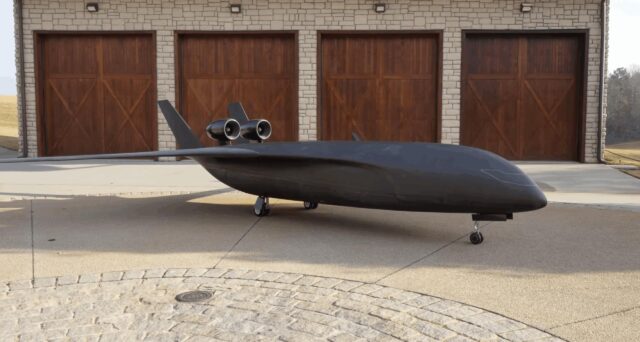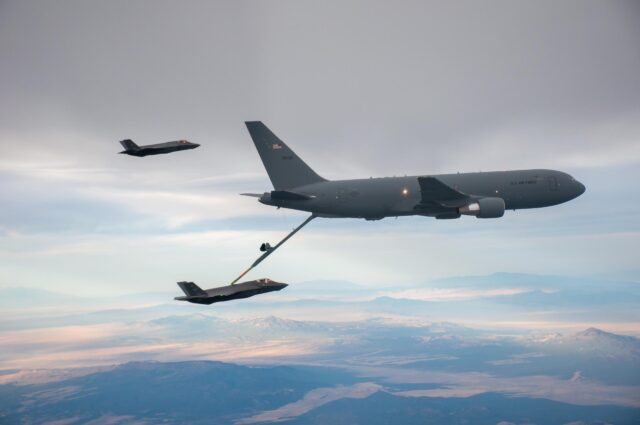United Airlines 737 windshield damaged by weather balloon, says NTSB

November 25, 2025

A United Airlines Boeing 737 MAX was struck by a high-altitude weather balloon near Moab, Utah, causing glass to scatter in the cockpit and prompting an emergency landing, the US National Transportation Safety Board (NTSB) has confirmed.
The incident occurred on 16 October as United flight 1093 was en route from Denver to Los Angeles.
NTSB confirms United Airlines struck a weather balloon
According to a preliminary update from the US National Transportation Safety Board (NTSB), the aircraft was hit by an object that shattered the outer layers of the windscreen, sending fragments of glass across the cockpit.
The captain received several minor cuts to his arm; the first officer was unharmed. With 112 passengers and crew on board, the flight diverted safely to Salt Lake City, where passengers later continued on a replacement aircraft.
“According to the captain, while established in cruise flight at flight level 360 (36,000 ft pressure altitude), he noticed an object distant on the horizon,” the report said.
“Before he could mention the object to the first officer (FO), there was a significant impact on the FO’s forward windshield along with a loud bang.
“The impact resulted in both pilots being showered with pieces of glass. The captain sustained multiple superficial lacerations to his right arm; the FO was uninjured.”

Investigators have since matched the aircraft’s track with radar data from a long-duration, high-altitude balloon operated by WindBorne Systems.
The balloon – launched the previous day from Spokane, Washington – had travelled hundreds of miles across the western United States, drifting through Oregon and Nevada before entering Utah airspace. Its trajectory aligned with the United aircraft at the time of the impact.
Weather balloons: A rarely encountered hazard
Collisions between commercial aircraft and research balloons remain exceptionally rare, in part because most long-duration systems operate at altitudes well above the commercial cruise level.
However, as scientific and communications-related balloon programmes grow, supported by more capable navigation systems, longer endurance, and increased commercial applications, air navigation service providers and regulators face new integration challenges.

WindBorne Systems, which operates a global fleet of long-endurance atmospheric research balloons, said it has conducted more than 4,000 launches.
The company files notices with the US Federal Aviation Administration for each release.
After the Utah incident, it said it has implemented additional safeguards, including reducing the time its balloons spend within commercial altitude layers and providing automated positional updates at two-hour intervals for balloons operating in certain regions.
Technical resilience and investigative focus
Aircraft windscreens are engineered to withstand significant impact loads.
In fact, they are certified to withstand the impact of a four-pound bird without penetration, to be capable of withstanding the maximum cabin pressurisation loads with the failure of a single pane, and the internal pane must be non-splintering.
Structural and pressure-retention performance will form part of the NTSB’s assessment as it analyses the damage.

Investigators are also expected to examine communication processes around balloon flight notifications, how altitude transitions were planned, and the extent to which air traffic control was aware of the balloon’s position at the time of the collision.
The flight data and the cockpit voice recorder have been sent to the NTSB Vehicle Recorder Laboratory in Washington, DC, for analysis.
Featured photo: United Airlines
















